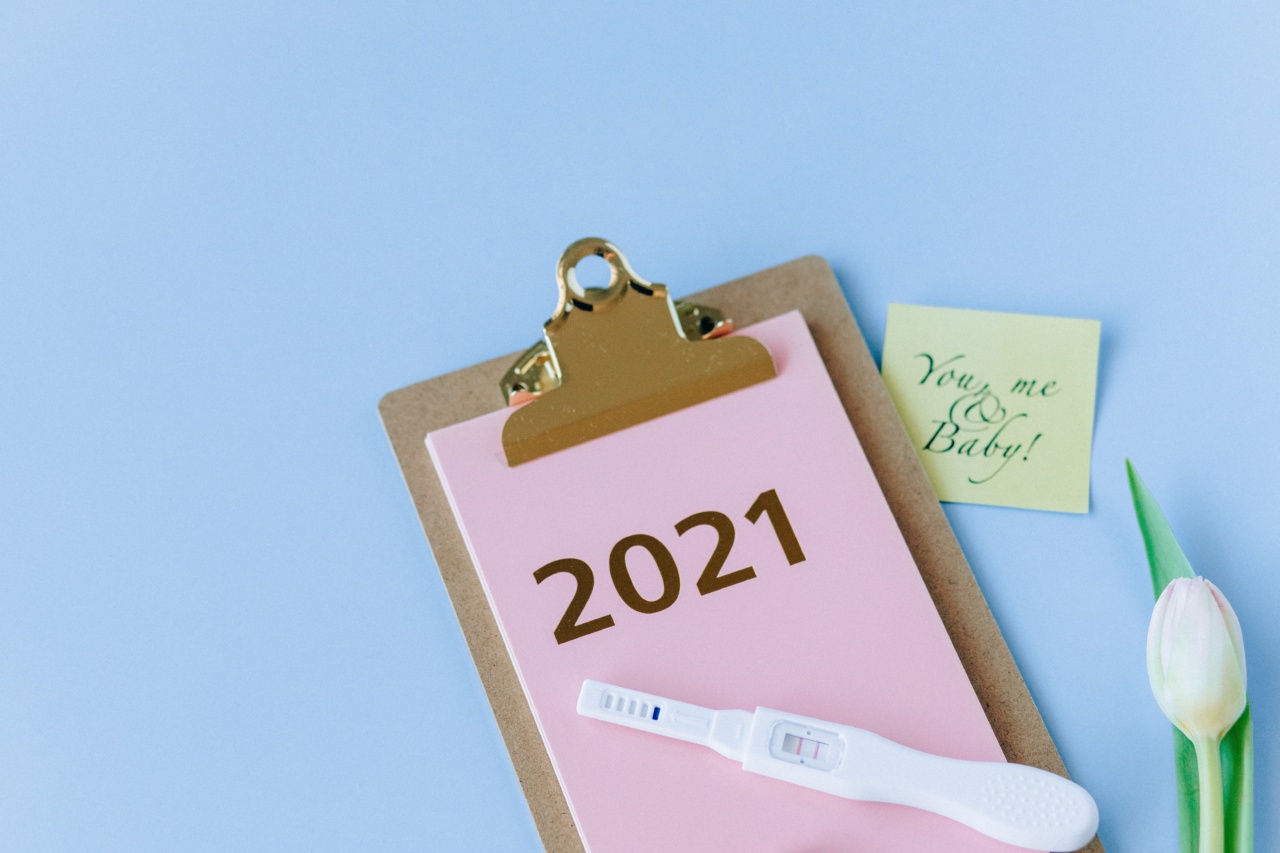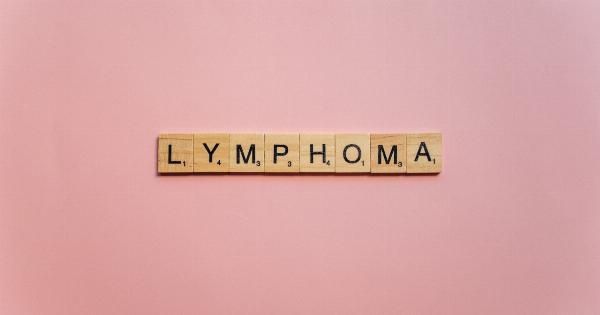Pregnancy testing is a way to confirm if a woman is pregnant or not. It is a vital tool for every woman who wants to confirm her pregnancy status. There are many misconceptions about pregnancy tests and how they work.
In this article, we will look at ten facts about pregnancy tests that every woman needs to know.
1. Pregnancy Tests Detect the Pregnancy Hormone
Pregnancy tests work by detecting the pregnancy hormone, human chorionic gonadotropin (hCG), in a woman’s urine or blood. This hormone is produced by the placenta after a fertilized egg attaches to the uterine wall.
The level of hCG in a woman’s blood or urine increases rapidly in the early stages of pregnancy, making it easy to detect.
2. Home Pregnancy Tests are Highly Accurate
Home pregnancy tests are highly accurate and can detect pregnancy as early as a week after a missed period. The accuracy of the test depends on the brand used, the timing of the test, and how the test is performed.
Most home pregnancy tests have an accuracy rate of 99% when used correctly.
3. Blood Tests are More Accurate Than Urine Tests
Blood tests are more accurate than urine tests and can detect pregnancy earlier. However, blood tests are usually done in a laboratory, whereas urine tests can be done at home.
Blood tests can detect pregnancy as early as six to eight days after ovulation, while urine tests can detect pregnancy about 14 days after ovulation.
4. False-Positive Results are Rare
False-positive results are rare with home pregnancy tests. A false-positive result means that the test indicates a woman is pregnant, when she is not. False-positive results may occur due to medication or medical conditions that affect hCG levels.
It is important to follow the instructions of the test and confirm the result with a healthcare provider if necessary.
5. False-Negative Results are More Common
False-negative results are more common than false-positive results with home pregnancy tests. A false-negative result means that the test indicates a woman is not pregnant, when she is.
False-negative results may occur if the test is done too early, or if the test is not done correctly. It is important to follow the instructions of the test and confirm the result with a healthcare provider if necessary.
6. Testing Too Early can Result in a False-Negative Test
Testing too early can result in a false-negative test. It is recommended to wait until the first day of a missed period to take a home pregnancy test.
If the test is negative, and a woman still suspects she is pregnant, she can retake the test in a few days or see her healthcare provider for a blood test.
7. Evaporation Lines can be Confusing
Evaporation lines are lines that appear on a home pregnancy test after the time limit recommended by the manufacturer. These lines can be confusing because they may be mistaken for a positive result.
It is important to read the instructions of the test carefully and follow the recommended time limit for reading the test.
8. Ectopic Pregnancy can Result in a Positive Test
An ectopic pregnancy is when a fertilized egg implants outside the uterus, usually in the fallopian tube. This can result in a positive pregnancy test, but the pregnancy is not viable and can be life-threatening.
If a woman has a positive test and experiences abdominal pain or vaginal bleeding, she should seek medical attention immediately.
9. Fertility Treatments can Affect the Test Result
Fertility treatments that involve hCG injections can affect the test result and cause a false-positive result.
Women who have had fertility treatment should consult their healthcare provider to determine how long they should wait before taking a home pregnancy test.
10. Digital Tests are Easier to Read
Digital pregnancy tests are easier to read than traditional tests because they display the results in words, such as “pregnant” or “not pregnant.” This eliminates any confusion about interpreting lines on the test.
However, digital tests are more expensive than traditional tests.





























